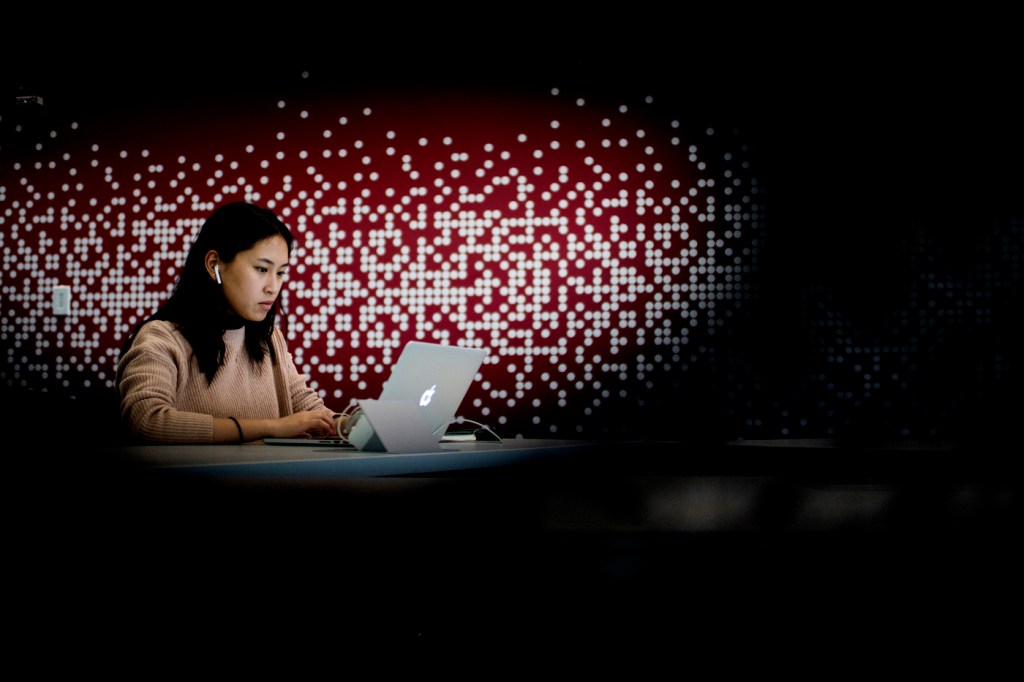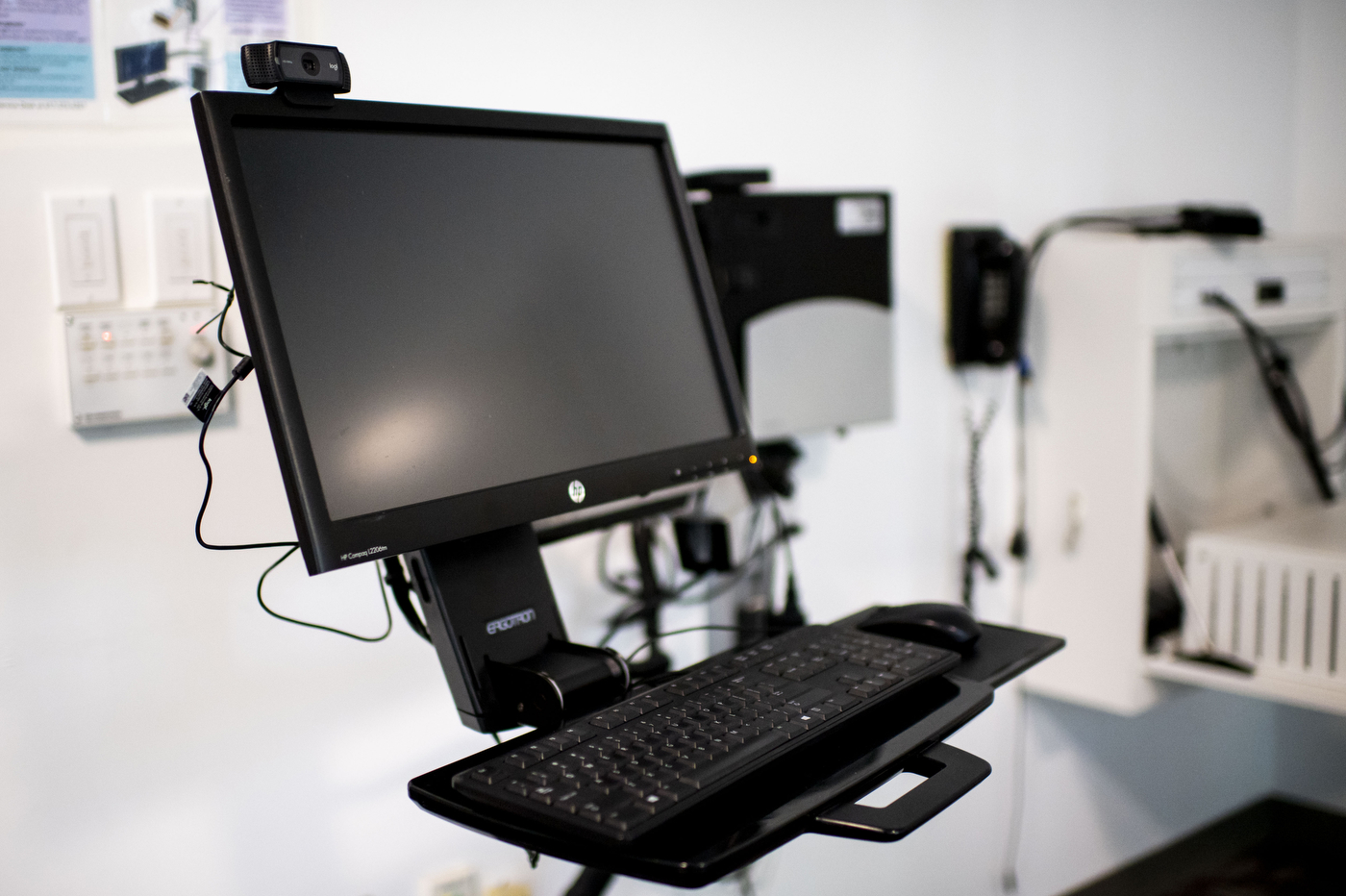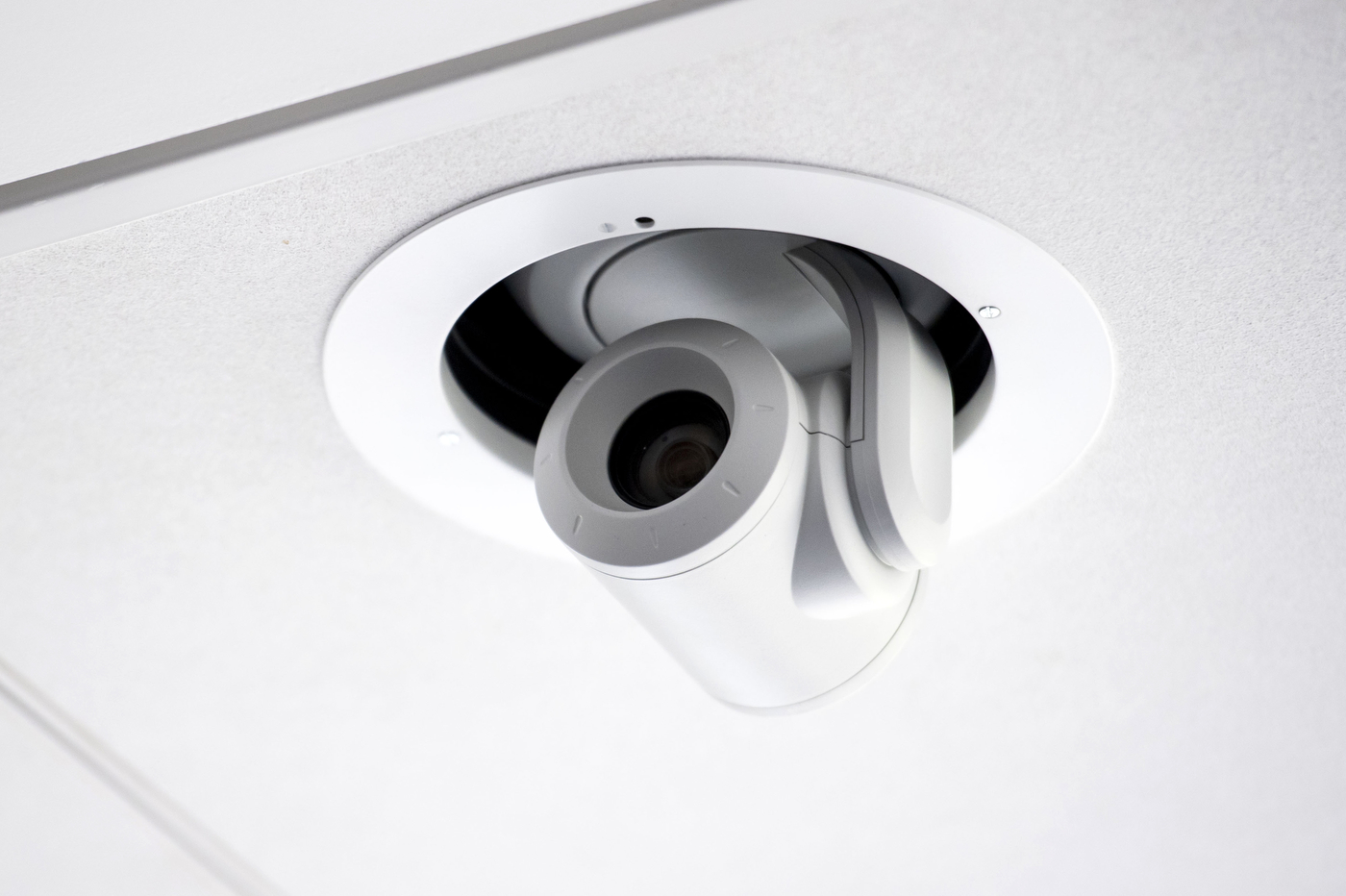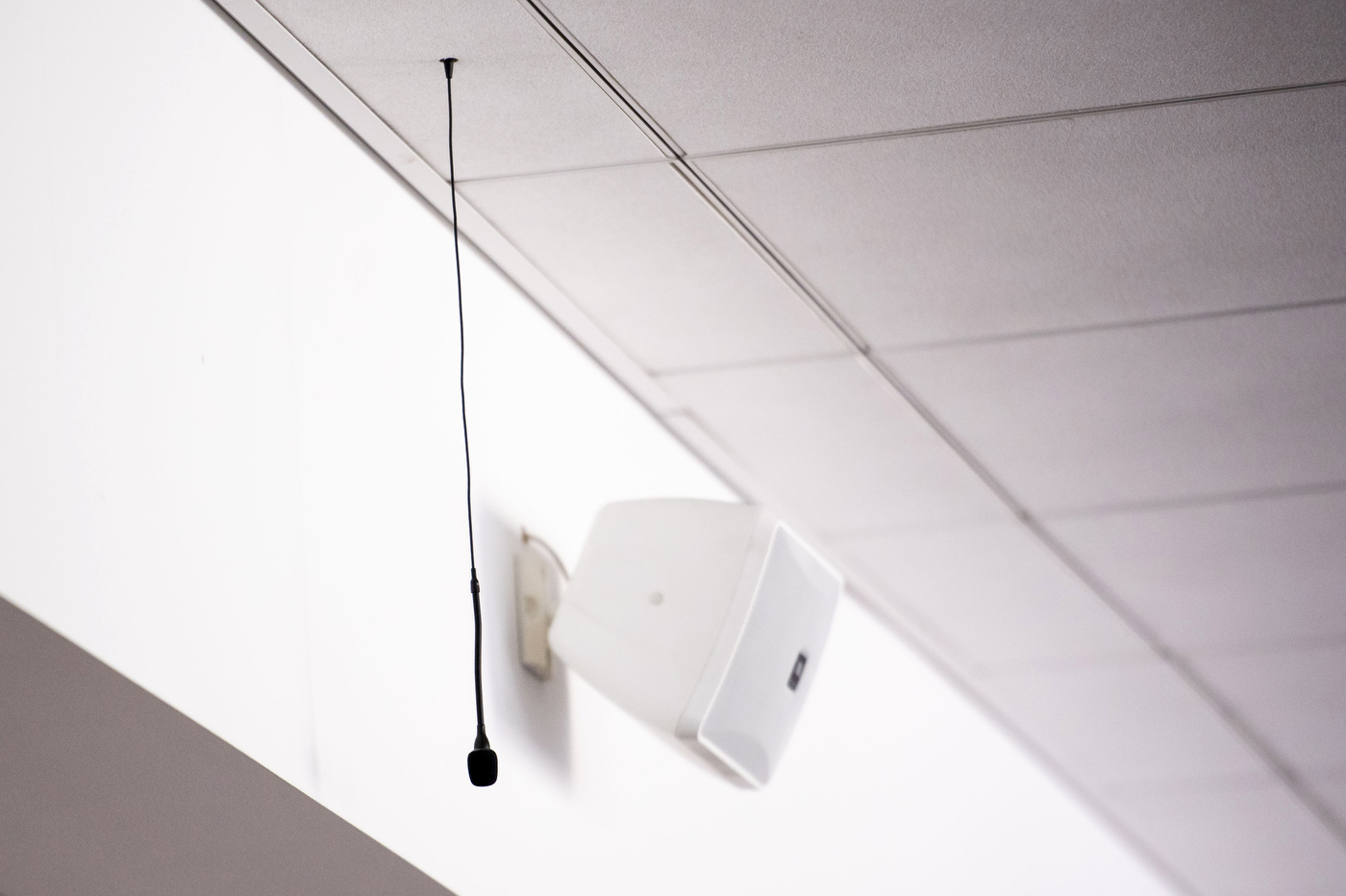Northeastern introduces Hybrid NUflex, a safe, flexible way for students to learn anywhere

Northeastern’s intent to reopen to students in the fall includes the implementation across all campuses of a hybrid learning model that utilizes new technology and flexible schedules to enable students and faculty to learn and teach from anywhere, anytime.
The program, called Hybrid NUflex, will prepare classrooms for in-person learning that meets public health guidelines to prevent the spread of the coronavirus, as well as remote instruction, says David Madigan, provost and senior vice president for academic affairs at Northeastern.

David Madigan is provost and senior vice president for academic affairs at Northeastern. Courtesy of David Madigan.
“We’re planning for a situation where all the students return,” says Madigan. But in order to heed public health guidelines in classrooms, every student will at some point attend class remotely, he says. Hybrid NUflex gives autonomy to each student and faculty member to elect which days they will do so.
Students may opt to take all classes online, begin the semester remotely then come to campus, or begin in person and later make the transition to remote learning. In-class attendance schedules will be provided for each student at the beginning of term. So, for example, a student may be scheduled to attend one out of every two or three classes in person, with the others completed remotely. In addition, students will have the ability to regularly alter their schedule of attendance. If they plan to be remote they will be able to their update schedules, in turn allowing other students to take that class space if desired. In this manner, Hybrid NUflex scheduling will maximize the in-class participation of students while maintaining heathy distancing.
“That’s all totally fine under this arrangement,” Madigan says, adding that every student who participates remotely will earn full credit for doing so.
All students and faculty who take courses in person will be required to wear face coverings and sit at least six feet apart from one another, says Madigan.
“In a hundred-person room, we may only be able to accommodate 30 or 40 people,” Madigan says. “That’s where Hybrid NUflex becomes incredibly useful.”
Students attending class online may do so live or at a later time—faculty have the option to record class sessions and make them available for students to watch at their own pace. For classes that are part of Hybrid NUflex, the program will be the default learning model. Students will not have to enroll separately for Hybrid NUflex.
This hybrid model will go into effect for all Northeastern programs, says Madigan, with accommodations made for arts-based classes, science labs, and health science training, for which students traditionally work with their hands, in physical contact with others, or both. Details of these arrangements will be determined in the coming months, Madigan says.
Ken Henderson, chancellor and senior vice president for learning at Northeastern, says that faculty members will dictate how they run exams, “just as they do now,” adding that faculty will teach the same courses in Hybrid NUflex as they would in a traditional semester.




Students who opt to live on campus for the full semester or part of it will be required to retain their housing for the entire semester, Henderson says. Students studying under an F-1 visa will retain their status if they are in the U.S., and Henderson says that university officials are “actively pursuing approval from the federal government to allow F-1 status for those who start the semester abroad and then rotate to campus later in the semester.”
Hybrid NUflex will be supported by the Canvas system, says Cole Camplese, vice president for information technology and chief information officer at Northeastern. The system, which replaces Blackboard as the university’s learning management system, is already up and running for many courses, Camplese says. By the fall, every course will be hosted on Canvas.
Other communication and sharing platforms—including Zoom, Panopto, and Microsoft Teams—will be available for students and faculty to use securely within Canvas, Camplese says.
“Think of Canvas as the hub, and these other tools as connected to that hub,” he says.
Staff at the university have outfitted classrooms with advanced microphones throughout the room and cameras that automatically pivot to, and zoom in on, the person in the room who is speaking, Camplese says, enabling more organic conversation among students at home and in the room. A camera in the back of the room can be configured to follow faculty as they move about the space. Students and faculty have the ability to share screens, and faculty can use either the computer in each room, or their own, Camplese says.
The equipment, and the control station that organizes it, will be standard in every room, so faculty teaching three courses in three different rooms don’t have to learn three different systems, Camplese says. Digital panels outside each classroom will indicate if the room is in use or available.
Finally, the entire system—hardware and software—is connected to a central network that staff in the information technology services department can monitor remotely, allowing them to be proactive when a problem arises, Camplese says.
“This is one of the largest and most ambitious projects the university has undertaken in years,” Camplese says. “We’re really investing in the future of technology in higher education.”
The content and materials posted and shared on Canvas are encrypted while they’re being shared from one device to another (“in flight”) and while they’re stored on the devices (“at rest”), Camplese says. Additionally, only students and faculty who are registered for the specific course will have access to the material shared in that course, he says.
All plans for reopening each campus are contingent on guidance from public health and government authorities regarding COVID-19. As such, classroom formats are subject to change, Madigan says.
“It’s very much based on the current science about transmission. We believe that with six-foot distancing and face masks that the risk is very, very small to the people in the classroom,” he says. “I should add—right now.”
Northeastern’s COVID-19 task force regularly convenes to discuss the latest developments in research and policy. Hybrid NUflex, Madigan says, was created in consideration of the goal or ensuring the safety of the entire Northeastern community. But it was also created to maximize the experiential benefits of in-person learning.
“The other side of this is the harm done by closing the campus down for a semester and denying the students each other and the rite of passage that the undergraduate experience represents,” Madigan adds. “Nobody wants to do that.”
Henderson says the ability to take class any time, from anywhere—coupled with the ability to safely interact with peers and access campus fixtures such as libraries and labs—offers unprecedented advantages to students.
“Imagine that a student is enrolled in entrepreneurship courses in Silicon Valley, and taking a course in bioinformatics in Boston, and a course in cloud computing in Seattle,” Henderson says. “Hybrid NUflex allows the student to have true mobility between sites in a network, and to move among those sites and still maintain a continuity of learning.”
Northeastern’s global network includes sites in London, Toronto, Vancouver, Seattle, and the Bay Area; in Charlotte, North Carolina; and in the Massachusetts cities of Boston, Nahant, and Burlington.
Hybrid NUflex, Henderson says, will allow students and faculty to learn and teach from anywhere during the COVID-19 pandemic, as well as allow them to be truly global citizens, learning and teaching from anywhere, anytime.
“This fundamentally allows students the Northeastern experience who, for any reason, don’t have the ability to travel to campus or be a resident on the campus,” he says. “It allows students to progress toward their degree in a flexible manner that doesn’t anchor them to a place.”
More information is available on Northeastern’s designated website for reopening updates and announcements related to the COVID-19 pandemic.
For media inquiries, please contact media@northeastern.edu.





